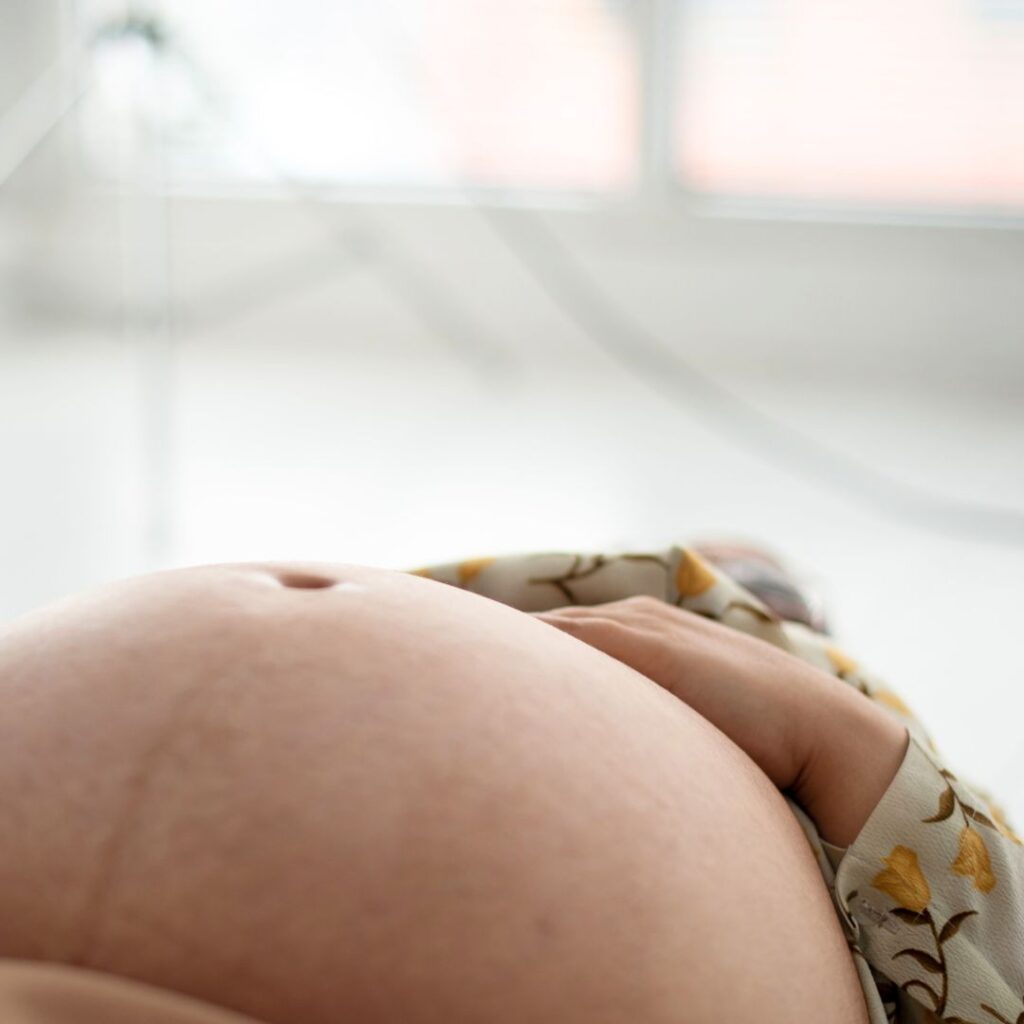A few weeks ago we started our new series “Uncover the Perineum” all about perineal trauma. Last week, we discussed what Perineal Trauma is. Today’s blog is titled: Uncover the Perineum: Risk Factors and Prevention of Perineal Trauma. Let’s jump right into what might increase your risk of significant perineal trauma and what helps reduce your risk.

Why might I have an increased risk of tearing or an increase in significant tearing?
(Keep in mind, these are just risk factors. Not everyone who experiences these things will have significant tearing or trauma!)
- You have an assisted delivery with a vacuum or forceps
- You receive an episiotomy
- Your baby has a shoulder dystocia
- Your baby is of large fetal weight
- Your baby is in the posterior position at birth (Face up instead of face down.)
- You push a long time
- You give birth on your back or in a squatting position (Surprised about squatting? Most people are!)
Here are a few other reasons you might have perineal trauma
- It is your first vaginal birth
- You have a family history of tearing. (Sorry mom!)
- Your anatomy
- You are of Asian ethnicity
- You are 35 years or older at the time of birth (Advanced Maternal Age)

Is there ANY way I prevent Perineal trauma?
Some of those on the list are things you may be able to change (like birthing position) and some are unchangeable.
Keep in mind that there are risk factors that are mitigable and ones that aren’t. Some of those on the list are things you may be able to change (like birthing position) and some are unchangeable. (Your age, what baby this is for you, etc.) Here are some things that may lower your risk for significant perineal trauma.
- You or your partner utilize perineal massage while pregnant (by around 10%)
- You participate in prenatal pelvic floor therapy
- You give birth on your side (This may be super helpful if you’re exhausted or you have an epidural!)
- You give birth on hands and knees
- You give birth in the water
- You use a warm compress during delivery
- Your provider provides perineal support during delivery
- You birth the baby’s head SLOWLY
What surprised you most? Do you want to know more? (Stay tuned in a few weeks for some suggestions for healing after perineal trauma!) Thanks for following along on our journey to Uncover the Perineum: Risk Factors and Prevention today!
If you’re a doula, a partner, or just want to learn MUCH more about supporting people with perineal trauma, I wrote a continuing education module that you can find on the Doula Learning Channel here.


